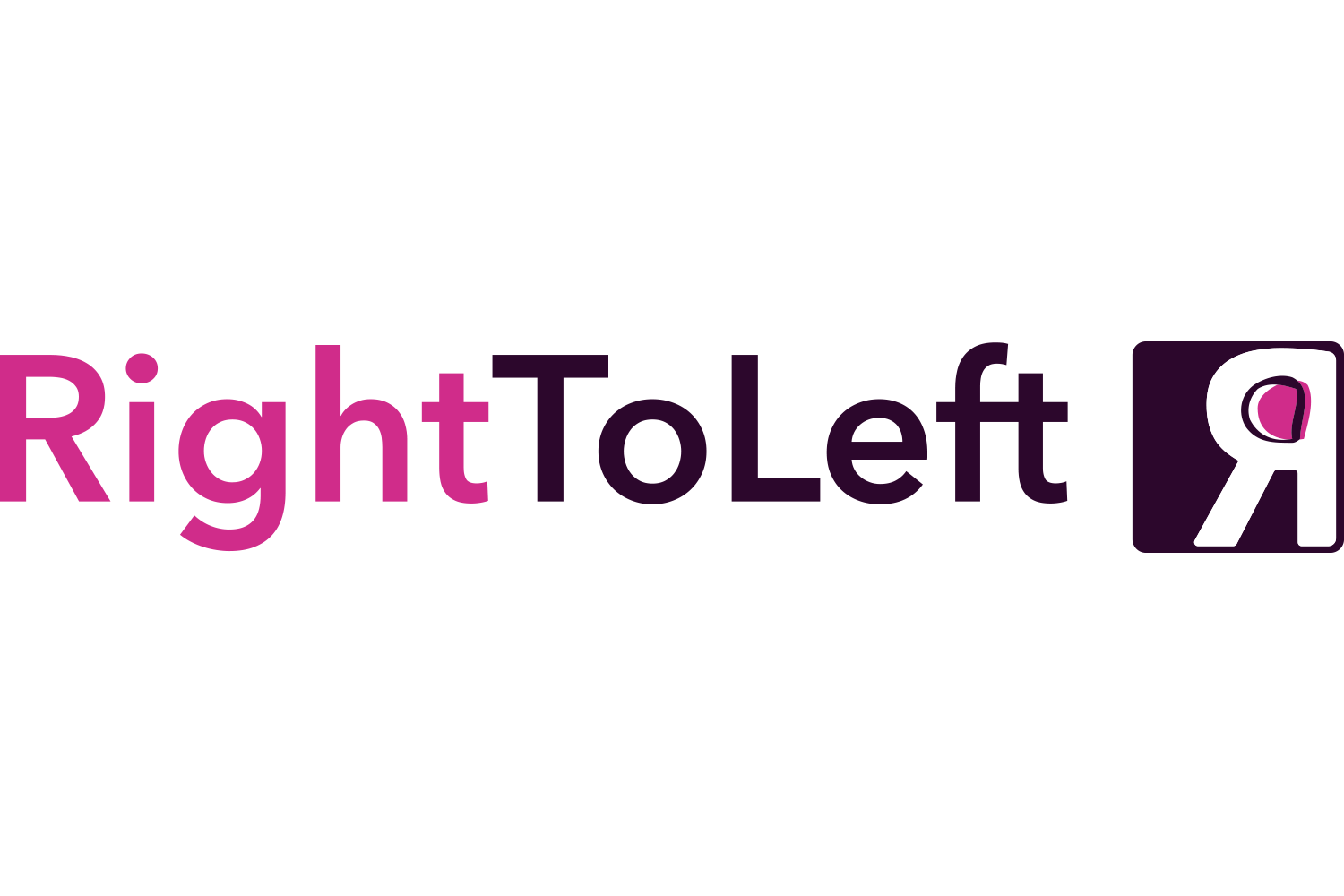Promoting a culture of experimentation
A few weeks back, we discussed the idea of needing more time for experimentation within product teams, and some of the challenges companies often face when transitioning into a more hypothesis-led way of working. It can be difficult to change years of thought processes, development practices and workflows - but it is doable!
Today, let’s look at what happens once you’ve won over the company to proceed, and what you can do to promote and foster a culture of experimentation that goes beyond just the product team.
Learning first
The most innovative companies put learning at the forefront of everything they do. These companies celebrate mistakes and have a supporting culture that provides psychological safety for the entire team. This means that asking questions, challenging the status quo, and focusing on what they don't know rather than what they do know is constantly encouraged.
A good way of getting started with this is to always allow everyone to talk about the what and the why behind new ideas. This will develop product-thinking for everyone involved and help the entire team understand what it takes to actually move an idea forward (It’s not about coming up with a solution, but with a problem you can explore!)
With this in mind, the team can start testing new ideas, as opposed to solely attempting to validate what they already think they know. Removing this confirmation bias for yourself and your team will help you uncover better solutions, and at times, problems you didn’t even know were there to begin with.
Don’t start with the output
To really promote a culture of experimentation, you have to invest time in discovery. This can be scary if you’ve gone on the premise that delivering often means delivering value, but that if anything results in the opposite.
Constantly delivering new features does not mean you’re actually building things people want. Your product does not have to be riddled with features to be useful. Often less is more.
It’s okay to take a step back and ask the right questions before building something. Output matters (of course it does!) - but on the product side of things, the outcome is what you want to get started with.
And we go back to the same ethos - ask what and ask why. When in doubt, ask again. Ask those questions as many times as you can to get down to the root of the problem. The value lies in solving real-world problems, not in delivering shiny things that don’t get the job done.
It all comes down to trust
We’ve discussed learning, psychological safety, and focusing on outcomes. The last ingredient in this recipe for success is trust. If you cannot trust your teams to learn from the process, they never will have the confidence to make mistakes.
We spend our entire childhood being told that making mistakes is a bad thing. Product is the opposite of that. Life is the opposite of that!
It’s really tough to unlearn this premise that we’ve grown up with, even more so as you’re shifting perspectives. When entering a leadership position, not only do you have to teach others to unlearn some of these habits, but give them the right level of support and provide them with a safety net. With an environment based on trust, you enable a domino effect: your teams will be able to combat imposter syndrome, have a greater impact on the solutions they build, and be able to be more innovative throughout.

